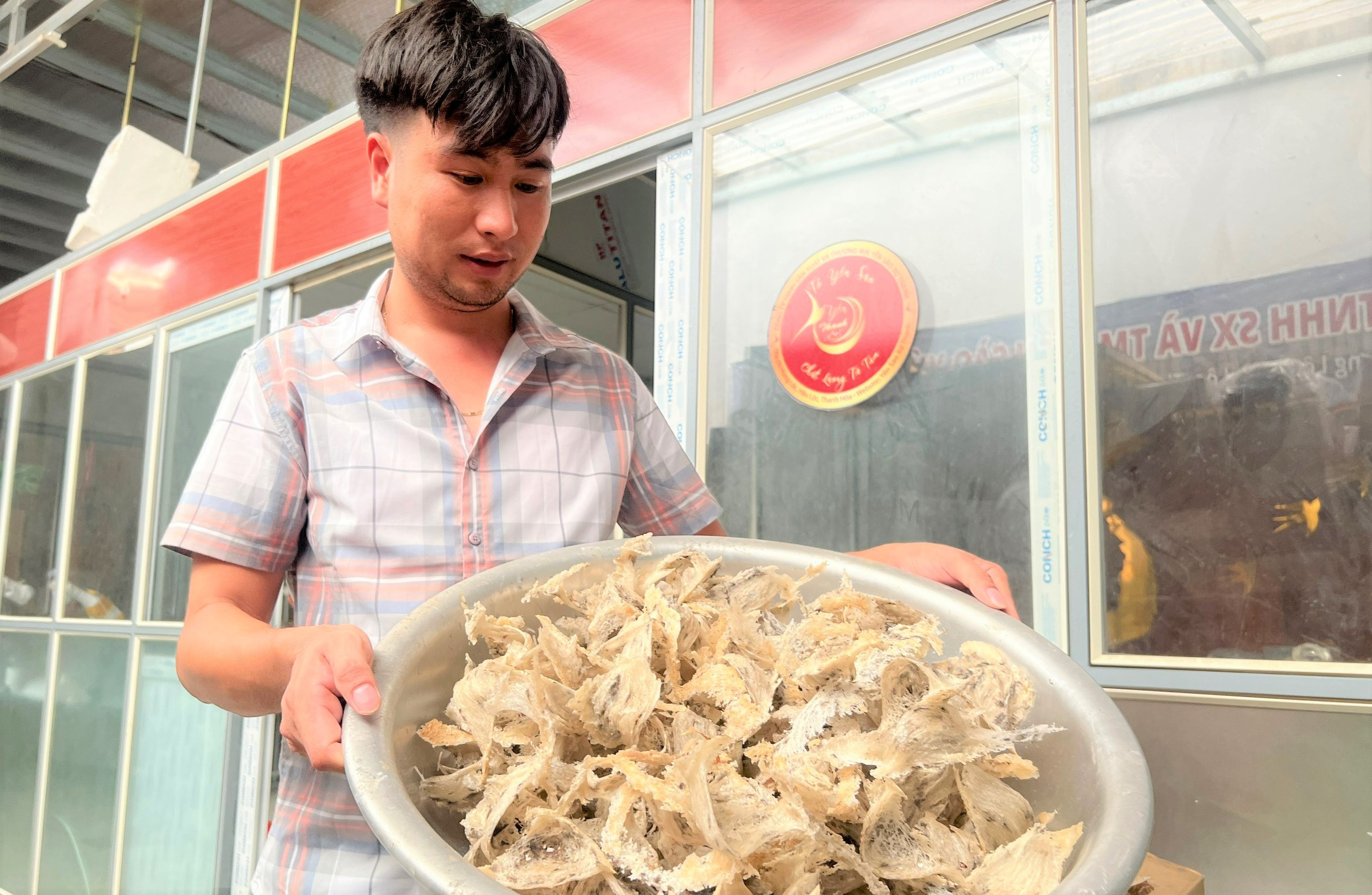
Every year, China consumes 300 tons of salangane nests, which accounts for 80 percent of the total nests meeting standards for export globally. With the price of $1,500 per kilogram, it spends half a billion dollars on the products.
Salangane nests are the 13th farm produce item that Vietnam can now export to China through official channels. Analysts say that Vietnam’s salangane industry can see great development potential in the time to come.
A conference on assessing salangane raising and a database about salangane housing for export was organized on February 16 in HCM City.
The Ministry of Agriculture and Rural Development (MARD) said in the last 10 years, salangane raising has been developing rapidly under many different models and sizes.
Vietnam’s total salangane nest output is 130-150 tons a year. Its major markets are China, and the Chinese community in the US, Australia and New Zealand.
Currently, salanganes are raised in 42 cities or provinces. The number of salangane houses has increased sharply in recent years, from 8,300 in 2018 to 23,665 in 2022. Kien Giang is the province with the highest number of salangane houses (2,995), while Mekong Delta provinces have 10,572 houses, or 44.6 percent of total nest houses in the country.
Raising salanganes brings high economic value. The nutritious products sell at $1,500-2,000 per kilogram, mostly for export, bringing turnover of $200-300 million a year.
The opportunity to export salangane nests through an official channel has opened up as MARD and the Chinese customs agency signed a protocol on salangane nest export to China.
However, MARD’s Duong Tat Thang said that Vietnamese firms raise salangane spontaneously, with 90 percent of salangane raising establishments in residential quarters. Vietnam has not built brand names for its salangane nest products and exported this product via unofficial channels.
MARD has requested local authorities and relevant agencies to tightly supervise salangane raising establishments; collect information about salangane raising in the localities; and plan salangane raising areas to ensure food safety, environment protection and social welfare.
The ministry has also asked state agencies to guide procedures for salangane nest export (raw and refined) and products from nests. It is also necessary to set standards and regulations related to salangane raising, product processing and protection to ensure biological safety.
Tam An